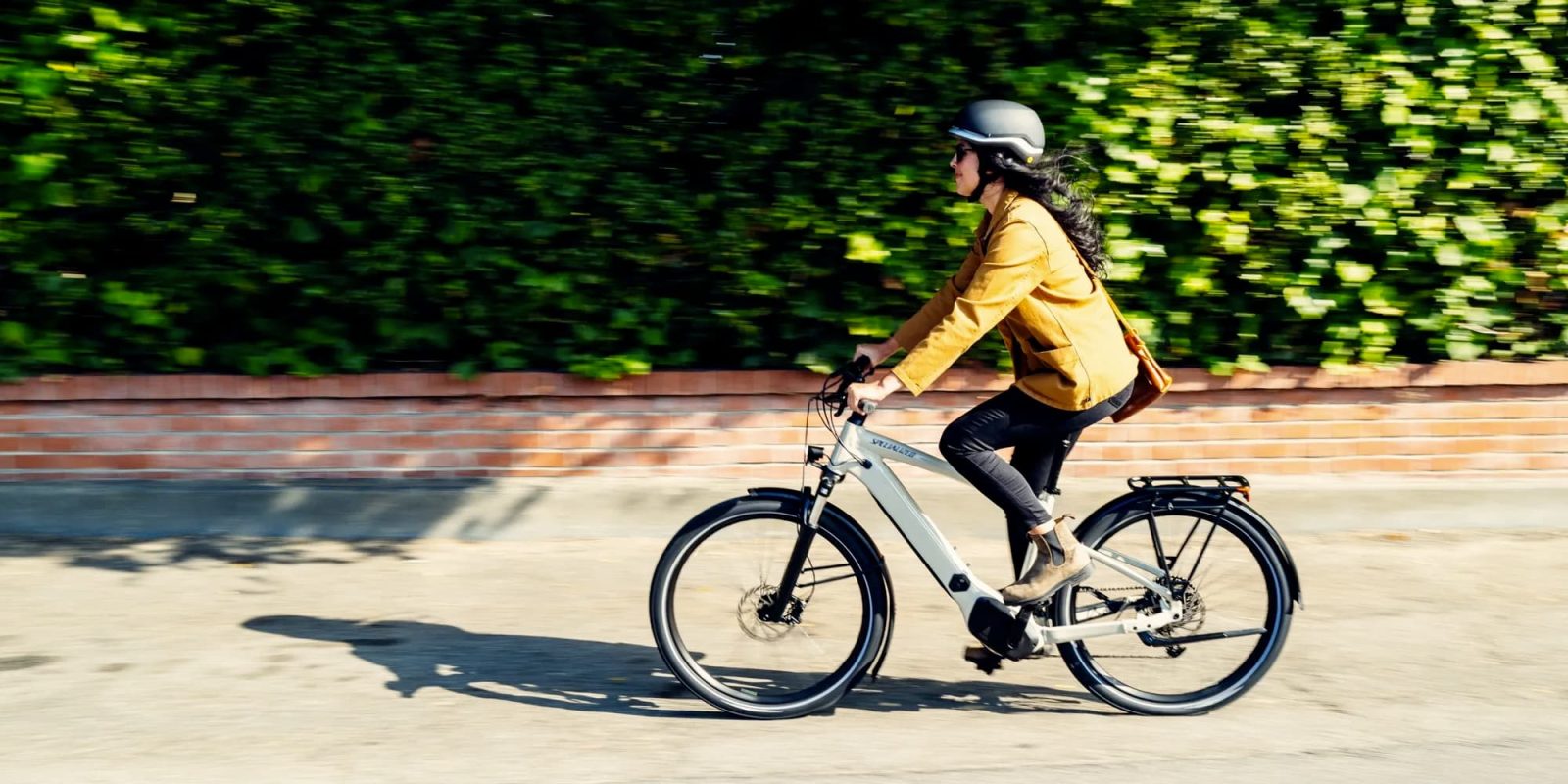
In the booming world of electric bikes, there’s an ongoing debate – torque sensors or cadence sensors? If you’re new to the scene or even a seasoned e-bike enthusiast, understanding the difference between the two can help optimize your riding experience and bang-for-your-buck. Let’s dive into the mechanics and merits of each to help you make an informed decision.
The difference between torque and cadence sensors
First let’s start with the basics. Both torque sensors and cadence sensors are methods used to activate pedal assist on an e-bike. When the rider pedals, the sensor reads that pedaling input and tells the e-bike’s speed controller to apply power to the motor. The major difference is just how the sensor reads that input, and that difference has a big effect on the e-bike’s performance.
Cadence sensors: These sensors detect the speed at which you’re pedaling. They don’t know or care how hard you’re pedaling, just how fast. Once you achieve a specific pedaling speed, they generally tell the motor to start working, providing a predetermined level of assistance. On most e-bikes with a cadence sensor, that means the assist is more of a binary system: The motor is either on or off, based on your pedaling speed. There is usually some lag time between when the pedaling begins and when the motor kicks in, which is caused by the cadence sensor waiting to see how many sensor magnets pass by in a given time period. Some e-bike companies have been able to program in slightly more refined cadence sensor-based pedal assist, such as Lectric eBikes. But at their core, cadence sensors are still a very simpler option that results in more of an off/on motor activation feel to the ride.
Torque sensors: Torque sensors, on the other hand, measure the force you apply to the pedals. They aren’t as interested in the speed of your pedaling, but rather the strength of your pedaling. The harder you pedal, the more assistance they will tell the motor to provide, making the e-bike experience feel more intuitive and akin to traditional biking. This sensor essentially gauges the tension in the bike’s drivetrain, either at the pedals or along the chain line, and adjusts the electric assist proportionally. The more effort you exert, the more boost you get. There’s also very minimal lag between the time a rider starts pedaling and the time that the assist kicks in.
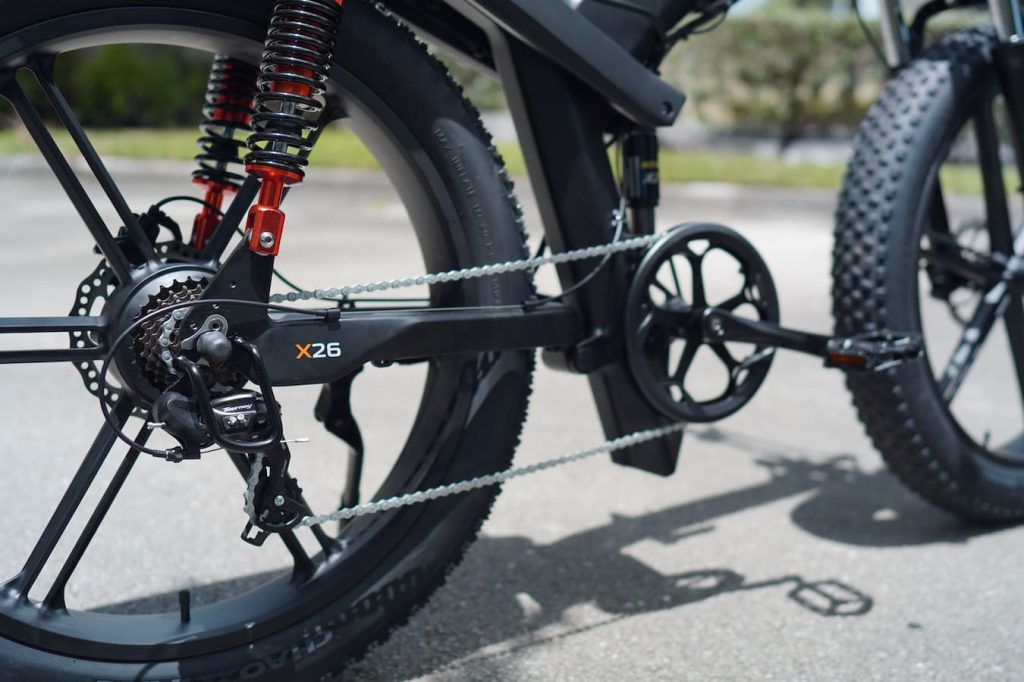
The difference in the riding experience
Cadence sensors: For those who prefer a lower price tag, cadence sensors are the way to go. They’re particularly useful for riders who may not want to or be able to exert too much force, like those with certain physical limitations or those who simply prefer a more predictable, cruise-control type of ride. However, this can sometimes lead to an abrupt start, especially if you’re pedaling fast from a stationary position. The lag time of 1-2 seconds can also be a pain, especially when the bike is in high gear or riders are starting up a hill, since the familiar electric assist is absent at start. Lastly, cadence sensors can make it hard to ride in a group unless everyone is on the same type of e-bike and in the same power level. This is because each power level usually brings riders up to set speed, such as 5 mph for level 1, 8 mph for level 2, and so on.
Torque sensors: E-bikes with torque sensors often feel more “natural” to traditional cyclists and newcomers alike. The intuitive relationship between your effort and the motor’s output makes for a smoother transition between power levels, offering a ride that closely mirrors the experience of riding a non-electric bicycle (just with less sweat). It provides a greater sense of control over the bike’s power and speed, especially beneficial for tackling varying terrains. Climbing a steep hill? Push harder, and the bike responds in kind. It feels more like the bike’s power is an extension of your own power, as opposed to cadence sensor e-bikes which feel more like an e-bike on cruise control.
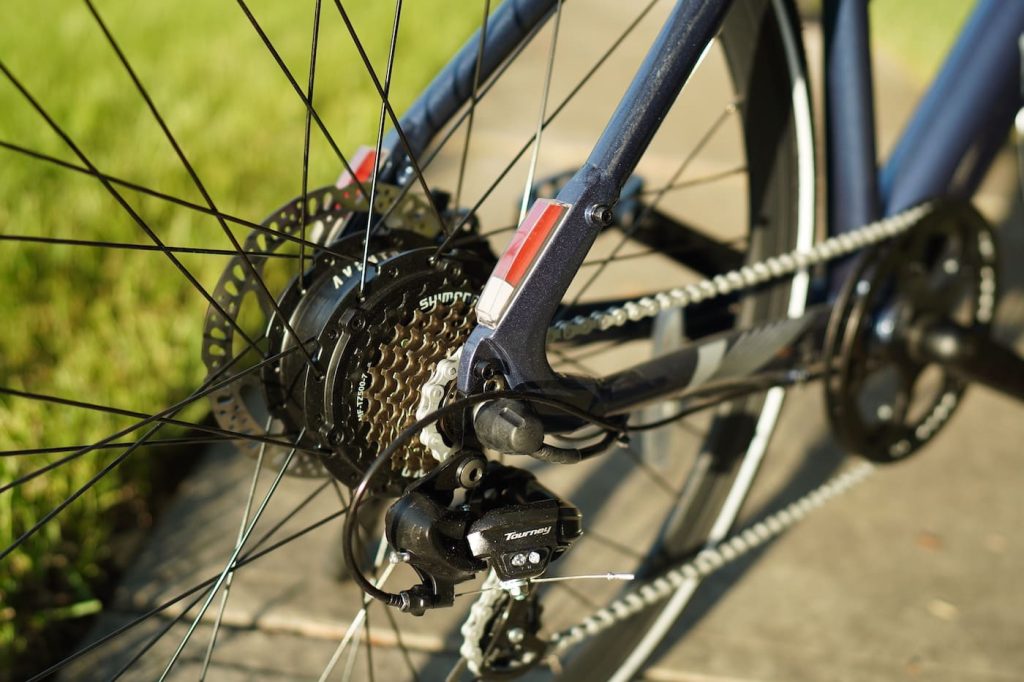
A hybrid approach
The comparison of pure cadence vs torque sensor pedal assist is really only applicable on most hub motor e-bikes. Many e-bikes with a mid-drive motor will actually use multiple sensors, including a combination of cadence and torque sensors, as well as other sensors such as an angle sensor to help increase power on hill climbs.
The hybrid approach used on most mid-drive e-bikes is helpful because the torque sensor can be used to give nearly instant feedback and intuitive power selection, while the cadence sensor provides added information, such as if the rider is downshifting and thus pedaling at a much higher speed (likely indicating a hill).
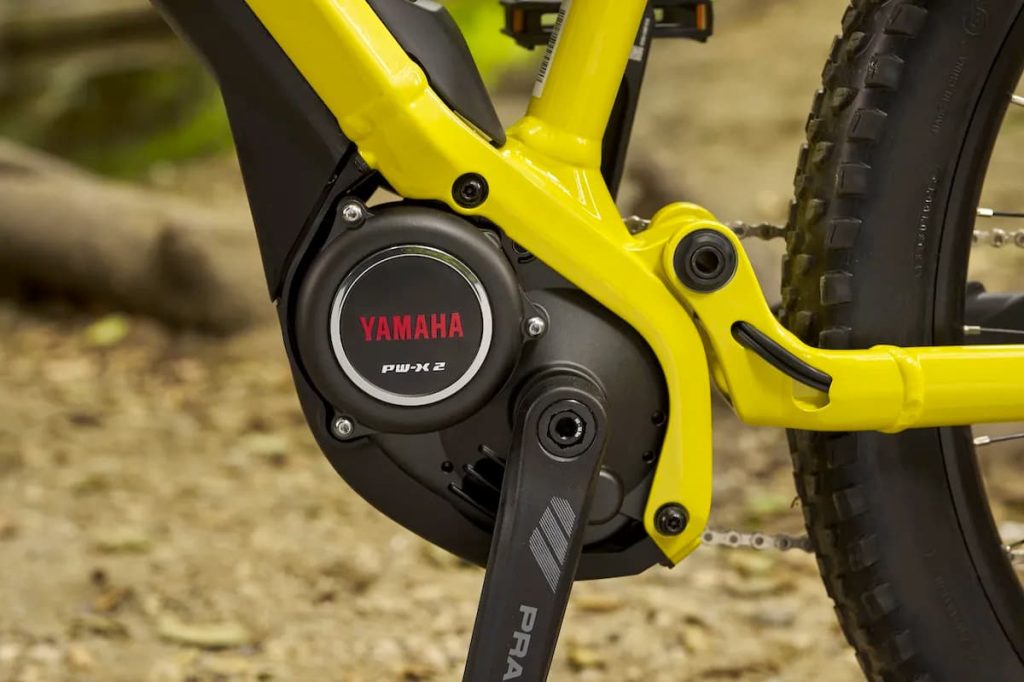
My personal preference
I’ve been riding e-bikes for nearly 15 years and have thrown a leg over several hundred different models. While any e-bike will work for most people, the two different styles of pedal assist sensors definitely make a big difference.
For me, I prefer a torque sensor on any e-bike that I’m riding either for fitness or the actual pedaling experience (like joy rides through nature when I want to go slow and enjoy the surroundings). Unlike a cadence sensor, a torque sensor gives me more predictable and intuitive pedal assist that doesn’t rocket me up to higher speeds when I start pedaling, but instead feels more like it “checks in” with me to find the appropriate power and speed for the motor assist.
However, torque sensors can often add a few hundred dollars to the price tag of a bike, and thus when I’m looking for a budget e-bike, I know that I can make do with slightly less intuitive pedal assist as a trade off for saving some serious cash. And of course on any e-bike that is used for mostly throttle-only riding, the issue of cadence vs torque sensor is largely irrelevant.
Many e-bike models are adding torque sensors now, such as the recently updated Aventon Soltera, since more riders are starting to demand the highly refined riding experience.
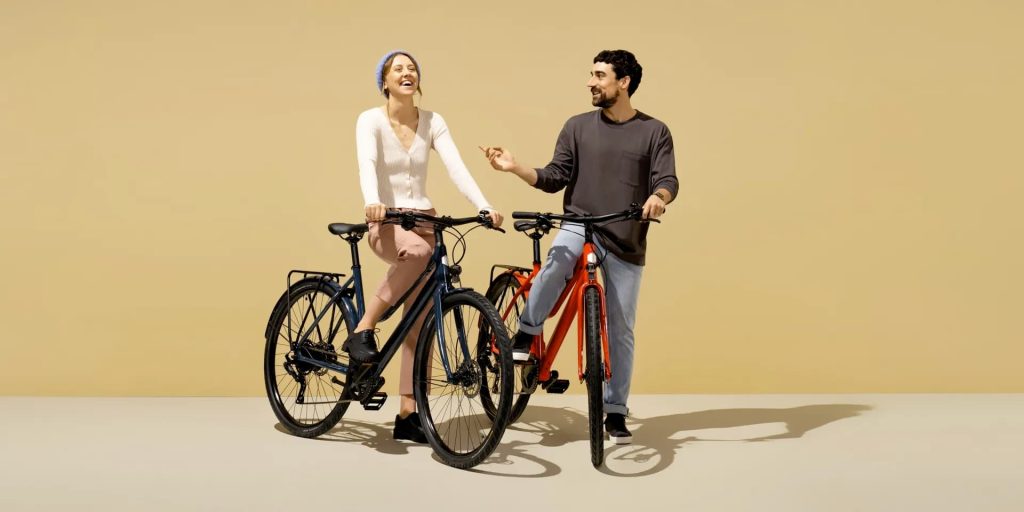
In conclusion
Choosing between torque and cadence sensors ultimately boils down to your personal riding style and preference. If you’re seeking an e-bike experience that closely mirrors traditional biking with a responsive, dynamic feel, torque sensors are your best bet. This is especially true if you want to ride with a partner or in a group. However, if you value consistent, straightforward assistance regardless of pedaling force, and you want to save some cash, cadence sensors might be more up your alley.
Remember, the best e-bike is the one that aligns with your riding habits and budget, ensuring each journey is both efficient and enjoyable. So, take a moment, assess your biking goals, and choose the system that resonates best with your vision of the perfect ride. Safe cycling!
FTC: We use income earning auto affiliate links. More.




Comments